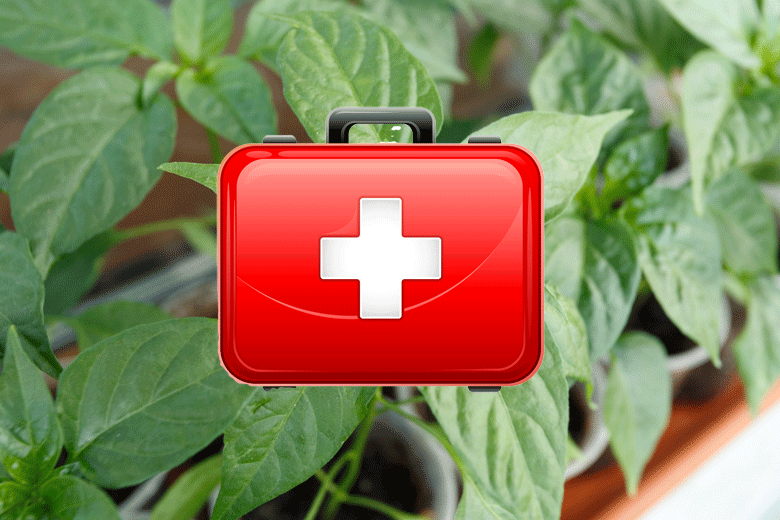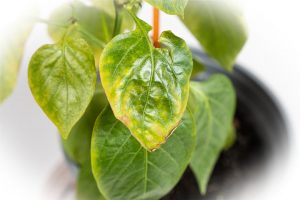
Distorted growth
I have a batch of chilli seedlings that are not thriving as well as the others I planted at the same time. They are small and exhibit stunted growth, showing signs of various nutrient deficiencies. These deficiencies include yellowing at the leaf edges (leaf margin chlorosis) and browning at the tips of the leaves. To address this issue, I have decided to conduct an experiment using a multi-pronged approach.
Considering that the stunted growth could be attributed to various factors such as seed viability, watering, lighting, pests (like aphids), and the mentioned nutrient deficiencies, I will systematically tackle each potential obstacle to promote healthier growth in these plants.
healthier growth in these plants.
While there is not a lot I can do if the initial problem was seed viability I will do everything I can to see if it is possible to address the other potential causes
Firstly, I will ensure that the plants are free of aphids. I plan to wash them thoroughly and apply an aphid treatment to keep them aphid-free for a while.
Next, I will change the potting soil, making sure the pH falls between 5 and 6, as Chilli plants prefer slightly acidic soil. Alongside this, I will treat the seedlings’ roots with an inoculant of mycorrhizal fungi, which can enhance nutrient uptake by establishing a beneficial relationship with the plant roots. In this way, I hope that the plants will rapidly absorb the nutrients I will be feeding them and go on to recover and become healthy plants
Once these steps are complete, I will apply a foliar spray containing calcium and magnesium. I suspect that the nutrient deficiencies partly stem from a lack of these elements. After the seedlings absorb the foliar spray, I will use a product called Chilli Focus to address the leaf margin chlorosis. This specialized fertilizer contains the necessary nutrients to rectify deficiencies like iron or manganese, which can cause yellowing at the leaf edges.
Finally, I will pay careful attention to the watering regimen. I want to ensure that these seedlings receive the appropriate amount of water, monitoring the watering program closely.
In conclusion
Currently, these seedlings are only about two inches tall on average, despite several months of growth, indicating an underlying issue. By embarking on this specialized treatment program, I aim to improve their condition significantly. I am hoping that by implementing these steps and observing the seedlings’ progress over the next couple of months will provide valuable insights into the effectiveness of the treatment program.
